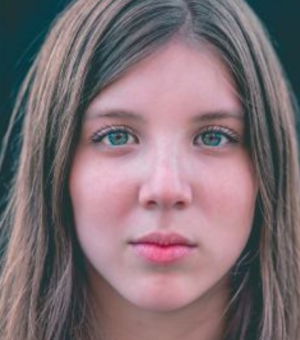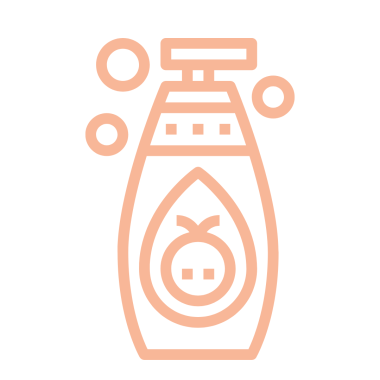Friday, February 18, 2022
Six essential things to know about teenage acne
Dr. Marc-André Doré


Wednesday, June 22, 2022
What do you need to keep your baby’s skin clean? The hygiene you focus on will depend on your baby’s age and any skin conditions they might be prone to.
We’ve put together some baby hygiene essentials to help new parents take care of their little ones. With these tips, you’ll be able to keep your baby clean and reduce the chances of irritating their skin.

Babies have very soft and delicate skin. With that in mind, the way you care for their skin and the products you use need to avoid damaging their skin barrier in any way.
Daily baths will dry out your baby’s skin and can exacerbate conditions that they’re already susceptible to. For example, if eczema runs in the family, you’ll want to be extra careful about bathing your baby too often or using any harsh soaps.
But babies do come into this world with a bit of natural protection. Did you know that newborns are covered in a substance called the vernix caseosa? It protects them in the womb, keeps them safe from harmful bacteria, and keeps their skin moisturized.
It’s also one of the reasons why the American Academy of Pediatrics (AAP) agrees that your baby should have their first bath around 24 hours after birth and no sooner. Waiting at least 24 hours has a number of benefits including:
Reducing their risk of hypoglycemia
Increasing the chances of successful breastfeeding
Keeping the skin naturally moisturized
The AAP recommends baths only three times per week until your little one is a year old. You should also stick to sponge baths until the umbilical cord stump falls away and until any circumcision incisions are fully healed.

At such a young age, babies don’t produce a lot of scalp oil. So washing their hair—or scalp if they haven’t grown much hair yet—twice a week is the general recommendation.
The key here is making sure you don’t irritate or dry their delicate scalp. Use a mild, fragrance-free baby shampoo and very little of it so you can be as gentle as possible while still getting rid of any excess scalp oil.
Don’t be alarmed if you notice cradle cap or scaly patches on your baby’s scalp. This is a relatively common condition. As long as it isn’t causing your baby any discomfort, you can loosen these patches of skin with a soft brush or leave them alone. They’ll eventually disappear on their own.
Now that your little one is bathed and shampooed, what about those days in between?
Although they don’t need full-on baths every day, you’ll need to keep your baby clean in between baths too. Focus on thoroughly cleaning the diaper area including skin folds and crevices. This is especially important after changing a dirty diaper. Apply a lotion or to their skin daily and after diaper changes to keep your baby moisturized and avoid eczema flare-ups.
There are lots of soaps, shampoos, and lotions specifically formulated for babies. Since baby bath products are free from a lot of ingredients adults and older children use, you won’t see a lot of suds.
Be careful not to use too much soap in order to create suds. Although you’re used to seeing them when you shower or bathe, they’ll irritate and dry your baby’s skin.
As we’ve mentioned before, the most important thing to remember is that babies have very delicate skin. Follow the directions on the product labels to keep your little one both happy and clean.
Looking to learn more?
Friday, February 18, 2022
Dr. Marc-André Doré

Sunday, February 13, 2022

Tuesday, January 11, 2022
Dre. Emilie Bourgeault
